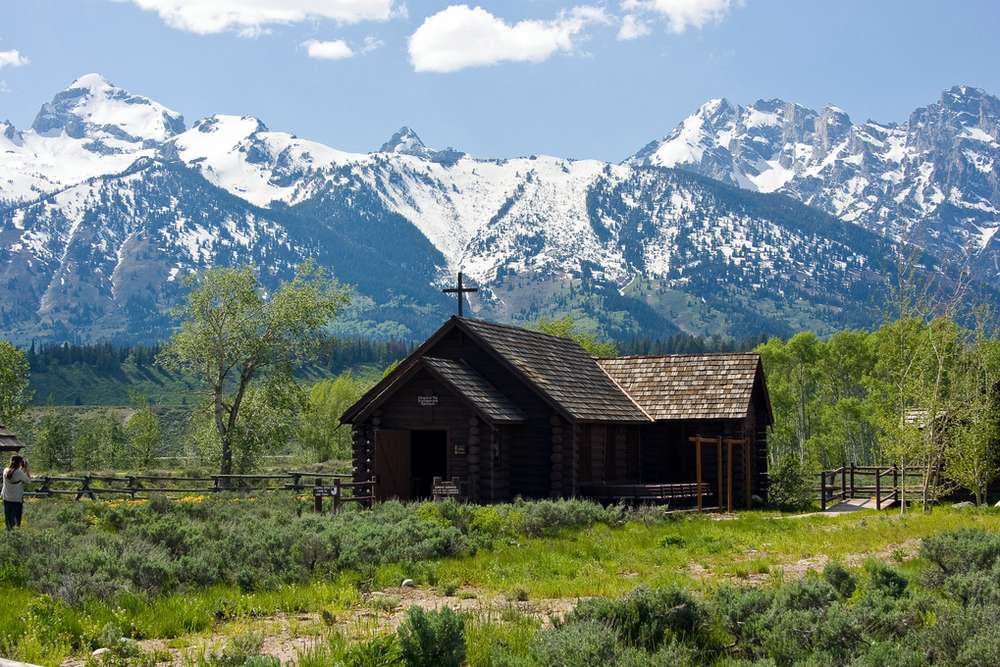
This rustic Episcopal Chapel of the Transfiguration was built in the summer of 1925. First services were held here on July 26 of that year, and on August 16, it was consecrated by The Rt. Reverend N. S. Thomas D.D., then Bishop of Wyoming.
The first suggestion for a chapel in this location was made about 1920 to a group seated around a campfire at the summer camp of Dr. George Woodward, of Chestnut Hill, Pennsylvania. Having made a long and tiresome trip that day from their camp near the outlet of Leigh Lake to the nearest place of worship in the town of Jackson, Mrs. Woodward expressed the wish that a chapel could be built at Menor’s Ferry, which was the center of what was the “dude ranch” portion of the valley. She discussed the idea with her friend, Miss Maude Noble, who owned and later generously donated the land where the chapel stands.
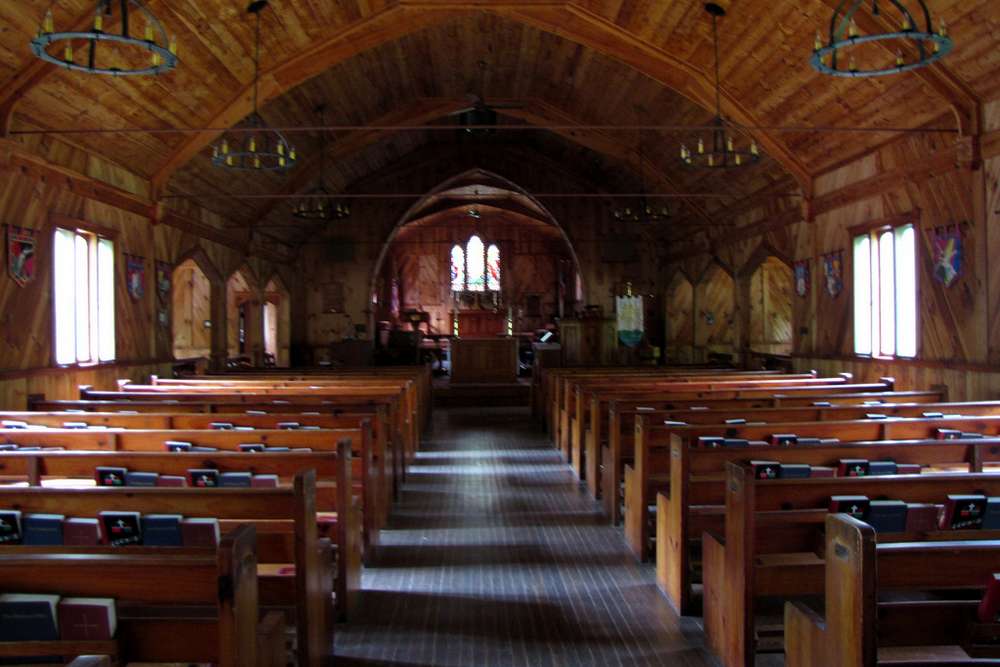
Plans for the building did not fully materialize until the early spring of 1925, when Archdeacon R.H. Balcom came to take charge of the Mission in Jackson’s Hole. He became actively interested in the idea, designed the building, and wrote of his plans to Mr. C. B. Voorhis, of Pasadena, California. Mr. Voorhis, who had a beautiful ranch on Torrey Lake, near Dubois in Wyoming, had been a lifelong friend of Bishop Thomas. He was greatly interested in the bishop’s work and had contributed significantly to the church and the first hospital in Jackson. Discussing the plans for a chapel at Menor’s Ferry with Bishop Thomas, Mr. Voorhis assured him that he and Mrs. Voorhis would be glad to finance the project. From that moment, work on the Chapel progressed rapidly.
The Chapel is built of lodgepole pine, with pews of quaking aspen, cut in the valley. Above the altar is a plate glass reredos window framing the Grand Tetons. For twenty-four hours every day during the tourist season, the door is open to all who come.
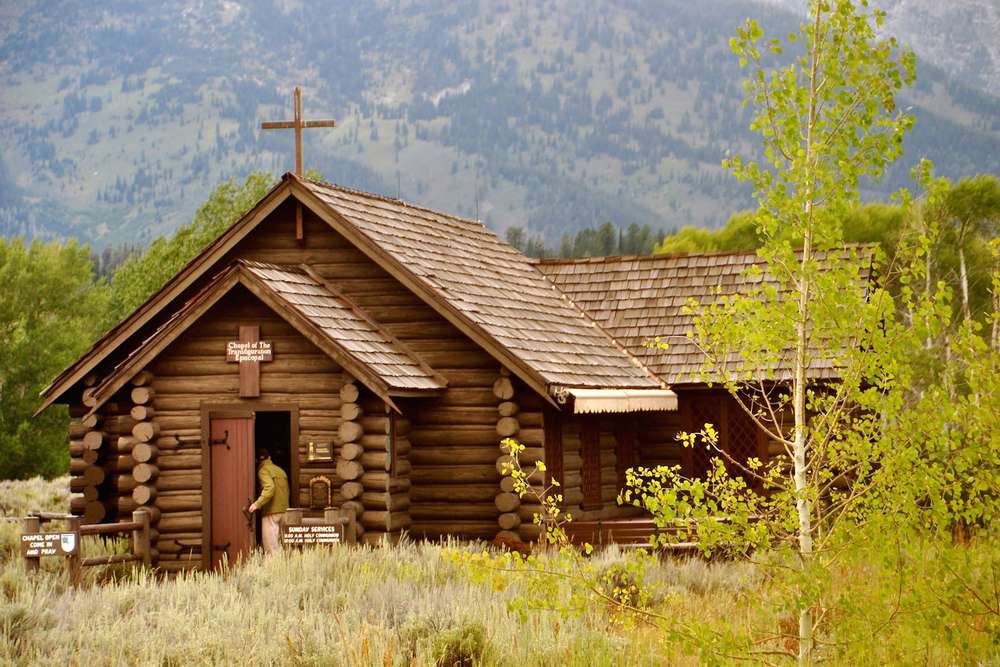
The Chapel is named most appropriately in commemoration of the Gospel story of the Transfiguration (Luke 9:28–36), where we are told of Jesus going into the mountains with Peter, James and John and appearing to them in the company of Moses and Elijah, resplendent in dazzling white clothing. Then a cloud enveloped them, and a voice said, “This is My beloved Son; listen to Him.” When the cloud went away, Jesus was seen, standing alone, by His disciples.
The Altar was given as a memorial by the C.B. Voorhis family; the font was given in memory of Miss Quita Woodward; the vestibule stained glass was presented by Miss Jessie Van Brunt. The bell, cast in 1842, is from St. Barnabas Church, Irvington, N.Y. The organ was given in 2009 by those who love worshipping here.
Address all communications to St. John’s Episcopal Church Jackson Hole in Jackson, Wyoming 83001.
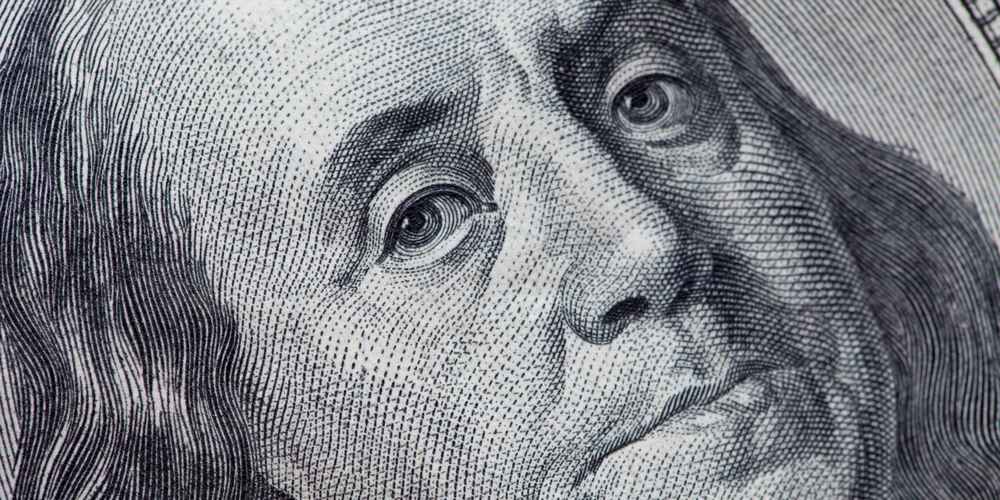
.jpg)
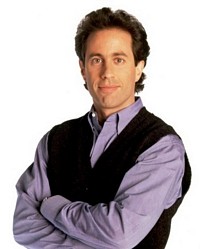 “I was the best man at the wedding. If I’m the best man, why is she marrying him?”
“I was the best man at the wedding. If I’m the best man, why is she marrying him?”
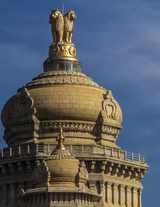 The entire structure covers an area of 720 x 360 ft. In the center is an open quadrangle measuring 260 x 250 ft. It is an imposing three storied building with a cellar. Though the building can be approached from all the four sides, the eastern entrance is majestic with 40 ft.-tall columns and flight of steps. The western side has a facade of Rajasthan palaces. The four corners have four towers supporting domes topped by glittering metallic kalashas (inverted pitcher pots.) The main dome is very elegant and has the
The entire structure covers an area of 720 x 360 ft. In the center is an open quadrangle measuring 260 x 250 ft. It is an imposing three storied building with a cellar. Though the building can be approached from all the four sides, the eastern entrance is majestic with 40 ft.-tall columns and flight of steps. The western side has a facade of Rajasthan palaces. The four corners have four towers supporting domes topped by glittering metallic kalashas (inverted pitcher pots.) The main dome is very elegant and has the 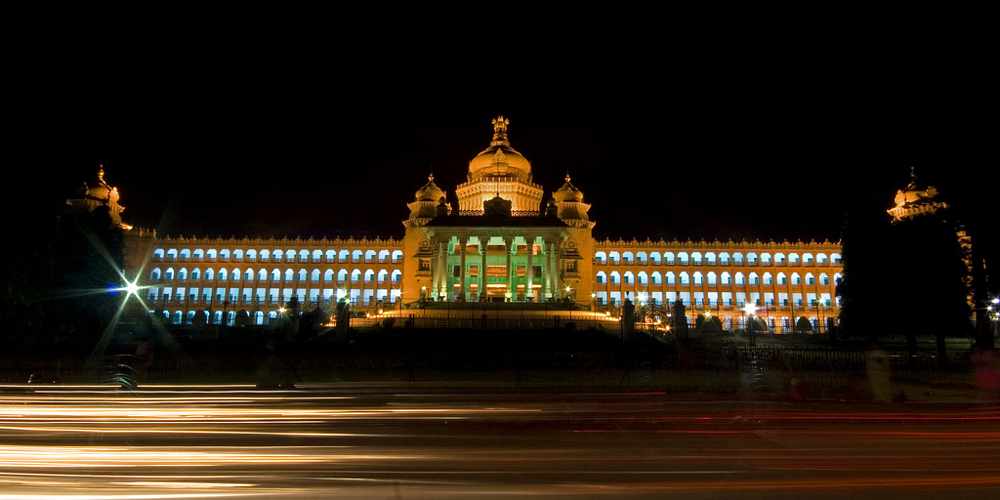

)
 As for Guha’s reasons why India should not become a superpower his talk mentions something to that effect. He is suspicious of superpowers because the
As for Guha’s reasons why India should not become a superpower his talk mentions something to that effect. He is suspicious of superpowers because the 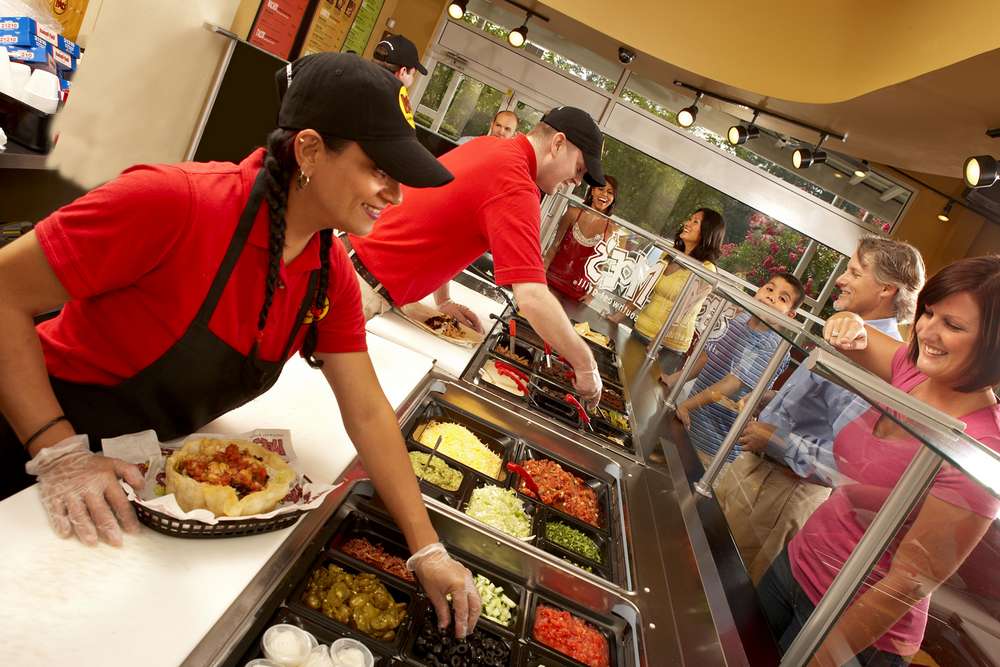
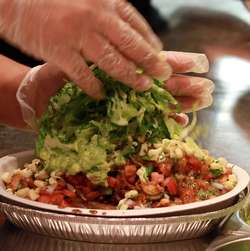 Menu Prices: They have clever pricing that lets can allow optimization of profits. They offer some dishes at around the same price as those at burger joints, but they seem to be better than McDonald’s at
Menu Prices: They have clever pricing that lets can allow optimization of profits. They offer some dishes at around the same price as those at burger joints, but they seem to be better than McDonald’s at 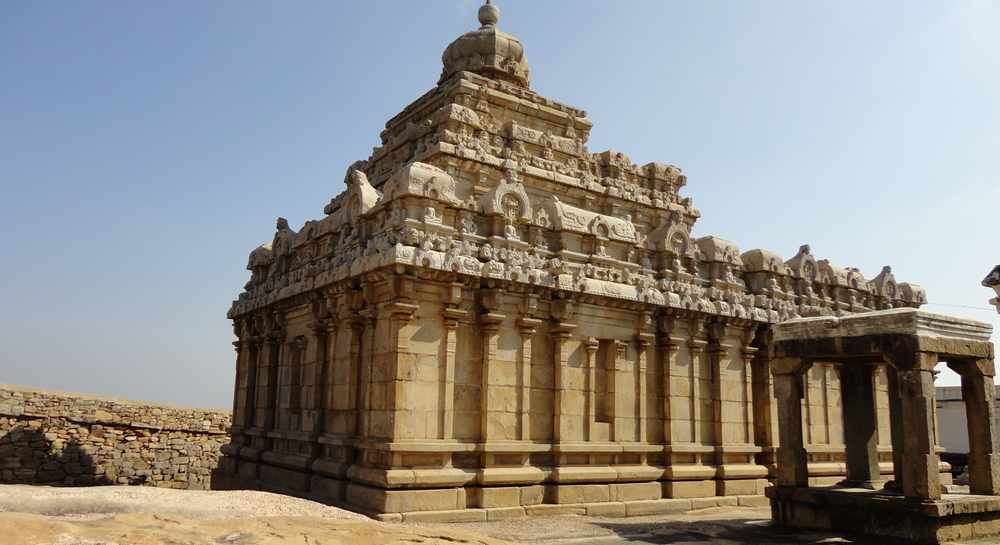
.jpg)
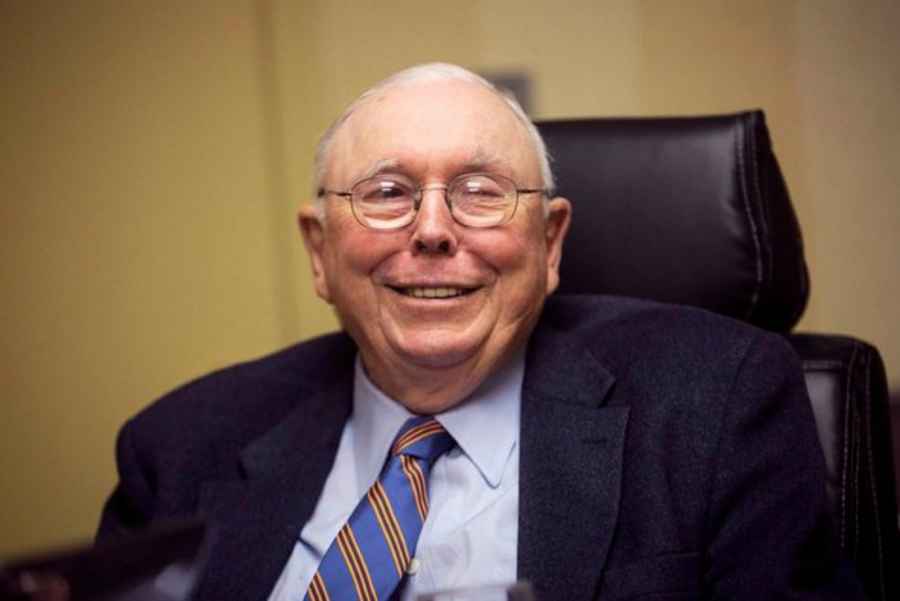
.jpg)